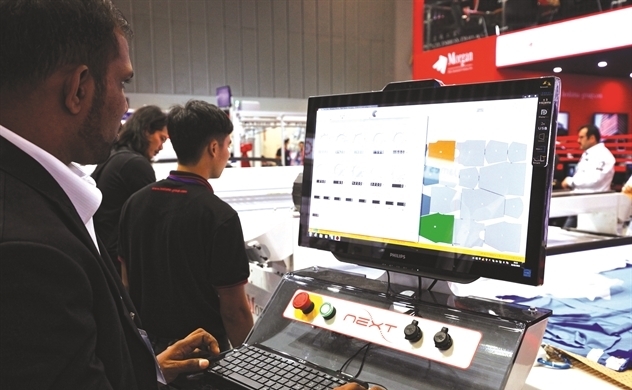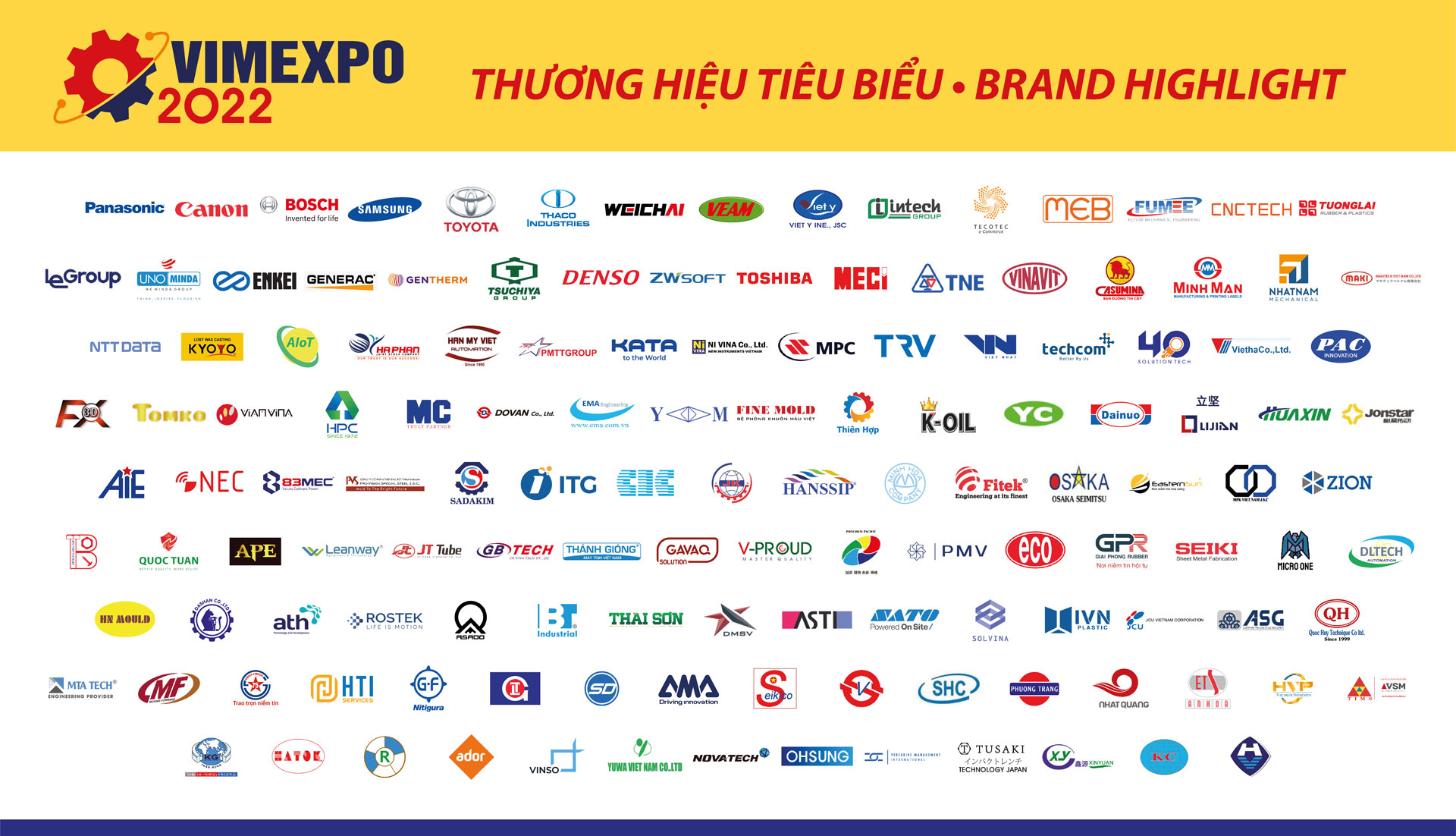The Covid-19 epidemic which broke out six months ago has seriously affected textile and garment companies.
The companies managed to find jobs in the first days after the epidemic broke out when they switched to making face masks and protective clothing. However, there are fewer orders these days and the face mask production is falling sharply.

At the working session between the Private Economic Development Research Board (Board IV), chair of Vitas Vu Duc Giang said Vietnam has high production capacity for both medical and normal cloth face masks.
Over the last three months, there has been no community transmission of COVID-19, so the demand for face masks in the domestic market is very weak.
Meanwhile, European companies have stopped importing. The US market still has demand for masks, but analysts believe that there will be no more demand after November.
The face mask market has been saturated since July and only enterprises with EC and FDA certificates still have business opportunities.
Asked about possible recovery from now to the end of the year, Giang said there has been no order for high-end products and suits. As for ‘uniform’ products such as labor protective clothing and uniforms, the recovery possibility is 80 percent.
| Garment companies managed to find jobs in the first days after the epidemic broke out when they switched to making face masks and protective clothing. However, there are fewer orders these days and the face mask production is falling sharply. |
The figures are 60 percent for shirts and trousers, 50 percent for women’s clothes and high-end couture and 65 percent for children’s products.
Regarding the EVFTA, Giang said that EVFTA and CPTPP, like other next-generation FTAs, offer very attractive preferences for Vietnam, but they set very strict requirements on product origin.
Vietnam’s textiles and garments must be made of fabric woven in Vietnam or the EU countries, and tailored in Vietnam to enjoy the promised preferential tariffs.
The EU consumes 34 percent of the world’s total textile and garment imports with demand increasing by 3 percent per annum. Vietnam accounts for 2.2 percent of the EU market share.
The EU is the second largest market for Vietnam’s textile and garment companies, which represented 16.3 percent of its export turnover in 2019.
The main rivals of Vietnam in the EU market, including Bangladesh and Cambodia, Pakistan, India and China, all have advantages in preferential tariffs.
Giang said the government needs to issue a national plan on the textile and garment industry development by 2040, focusing on building textile and garment industrial zones where there are modern waster water treatment systems and where a closed weaving – dyeing – tailoring – trimming process is implemented, thus helping to ease reliance on imports.
Thanh Mai



